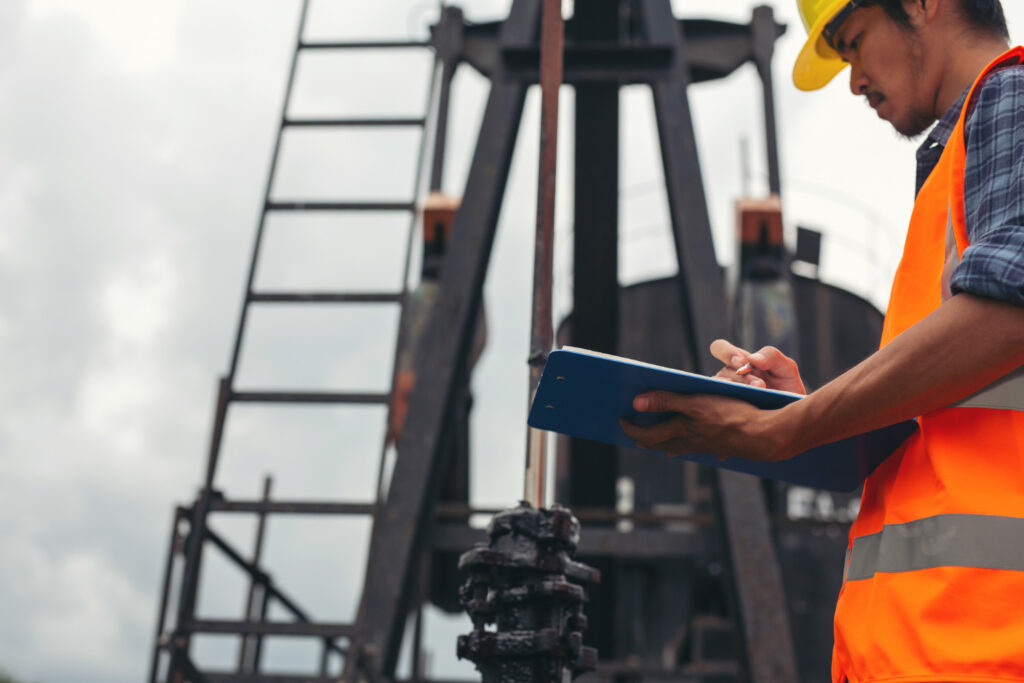The oil and gas industry deals with many challenges, especially when it comes to safety. Ensuring the safety of workers and facilities is crucial yet complex. AI forecasting offers a powerful way to enhance safety measures across the industry. By predicting potential risks before they occur, companies can take proactive steps to prevent accidents and keep their operations running smoothly.
AI forecasting uses data from various sources to identify patterns and predict possible safety issues. This means oil and gas companies can respond quickly to potential threats, reducing the chance of accidents. Whether it’s spotting a faulty pipeline or predicting equipment failures, AI provides insights that can make a big difference.
Enhancing safety with AI is not just about reacting to problems but also about prevention. By integrating AI forecasting into daily operations, companies have the opportunity to improve safety and efficiency. This technology is changing the way the industry thinks about safety and risk management, paving the way for safer and more productive operations.
How AI Forecasting Enhances Safety in Oil & Gas
AI forecasting significantly enhances safety in the oil and gas industry by allowing companies to anticipate and address potential risks before they escalate into serious problems. By analyzing large amounts of data from various sources, AI can identify patterns and anomalies that might indicate a safety concern. This proactive approach helps companies prevent accidents and maintain a safer working environment.
For example, AI systems can monitor equipment performance and detect early warning signs of failure, such as unusual vibrations or temperature changes. By predicting when equipment is likely to fail, companies can schedule maintenance before a breakdown occurs, reducing the risk of accidents and costly downtime. AI also helps in monitoring environmental factors, like weather conditions, which can impact operations and contribute to hazards.
Real-world scenarios illustrate the effectiveness of AI in improving safety. In one case, an oil company utilized AI to analyze seismic data, enabling them to predict and mitigate the impact of earthquakes on their facilities. This proactive step ensured that their operations remained secure even under challenging conditions. In another instance, AI helped detect gas leaks early by analyzing data from sensors, allowing for immediate action and preventing possible accidents.
Essential AI Tools for Risk Management
Oil and gas companies employ various AI tools to manage risks effectively. These tools enhance safety by providing clear insights and actionable data.
1. Predictive Maintenance Systems: These tools use AI algorithms to analyze machinery data and predict when equipment might fail. By doing so, companies can schedule timely repairs and minimize the chance of accidents.
2. Real-Time Monitoring Sensors: IoT sensors collect data on pressure, temperature, and gas levels. AI processes this data in real-time to identify potential safety hazards, giving operators instant feedback and the ability to act promptly.
3. Geographic Information Systems (GIS): These systems use AI to analyze spatial data, aiding in identifying environmental risks like floods or landslides that could impact facilities.
4. Video Analytics: AI-driven video analytics monitor site activities and detect any unusual behavior or unauthorized access, providing an additional layer of security.
5. AI-Powered Risk Assessment Tools: These tools evaluate potential risks based on historical data and current conditions, offering insights into potential problems and allowing companies to prioritize safety measures accordingly.
Each tool plays a critical role in maintaining safety within the industry. By leveraging these technologies, oil and gas companies can create a robust safety net, ensuring a safer working environment for everyone involved.
Implementing AI Solutions for Practical Benefits
Adopting AI technologies in oil and gas operations involves several key steps, ensuring the transition is smooth and effective. The first step is to conduct a thorough assessment of the current systems in place. Identify where AI can make the most significant impact, whether it’s in predictive maintenance, real-time monitoring, or risk assessment. This analysis helps tailor AI solutions to meet specific needs.
Once you’ve identified the areas for improvement, the next step is choosing the right AI tools. Consider platforms that integrate seamlessly with existing infrastructure. Compatibility is crucial for avoiding disruptions and ensuring that AI tools function optimally within the established workflows.
Training staff is another essential step. Employees need to be familiar with AI tools to use them effectively. Organize comprehensive training sessions to build confidence and ensure everyone understands how these technologies enhance safety.
To overcome common challenges, address potential data integration issues by setting up robust data management practices. Ensure there is a focus on securing data privacy and meeting regulatory compliance, which protects both the company and its workforce.
Future Trends in AI Safety Solutions
The future of AI in the oil and gas industry looks promising, with emerging trends set to further enhance safety. One such trend is the integration of AI with blockchain technology. This combination could improve data security and transparency, making it easier to track safety incidents and compliance with regulations.
Advancements in machine learning algorithms are also on the horizon. These improvements promise to deliver even more accurate predictions and insights, allowing for better decision-making and risk management. Companies will be better equipped to foresee potential issues and take preventive measures.
AI in robotics is gaining traction as well. Robots powered by AI can perform inspections and maintenance tasks in hazardous environments, reducing the risk to human workers. This advancement ensures operations continue safely, even in challenging settings.
Another exciting trend is the use of virtual reality (VR) and augmented reality (AR) for safety training. These technologies provide immersive experiences that prepare workers for potential emergency situations, improving their response skills in real life.
Conclusion
AI forecasting stands as a transformative force in enhancing safety within the oil and gas industry. By accurately predicting risks and enabling proactive measures, AI not only protects both workers and operations but also promotes efficiency and cost savings. The seamless integration of AI tools, from predictive maintenance systems to real-time monitoring sensors, provides a comprehensive safety net.
As the industry navigates future challenges, the role of AI is set to grow even further. Trends like AI-coupled robotics, machine learning advancements, and immersive training technologies promise to redefine safety standards. It’s clear that embracing these innovations will be crucial for staying ahead.
Consulting with experienced AI solution providers can make a significant difference for companies looking to improve safety. Field1st is ready to assist in choosing and implementing the right AI technologies. Interested in revolutionizing your safety protocols with cutting-edge AI forecasting? Reach out to Field1st to explore how our AI-driven safety reporting tool can help elevate safety while boosting operational efficiency.





